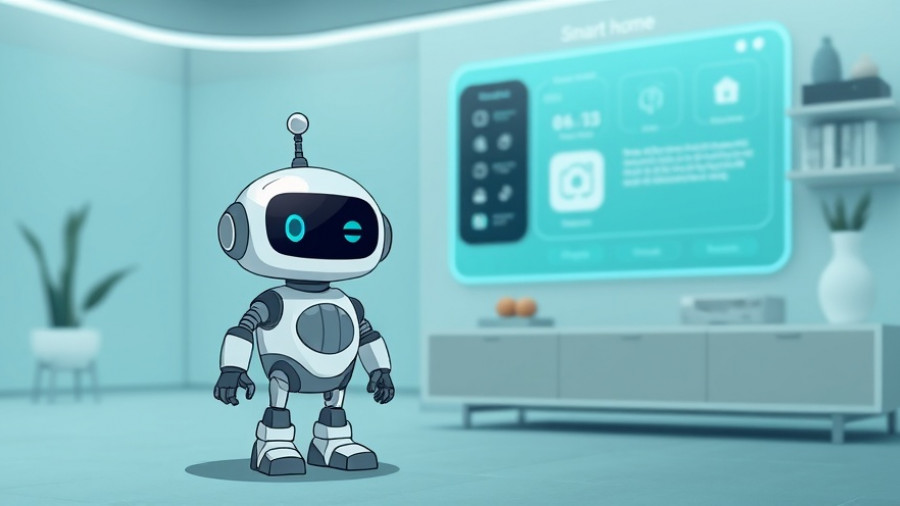
Revolutionizing Home Technology: Why You Should Consider a Copilot+ PC
As technology continues to evolve, so does the way we interact with our homes. Microsoft has recently intensified its campaign, encouraging Windows 10 users to upgrade to the new Arm-based Copilot+ PCs. But what does this mean for tech-savvy young homeowners in London? Let’s delve into the significance of this upgrade.
Understanding Arm-Based Technology
Arm processors have been carving a niche in the tech industry, primarily due to their energy efficiency and performance capabilities. Unlike traditional x86 processors from Intel and AMD, Arm chips utilize a different architecture, perfect for smart and connected homes. With recent strides in software compatibility, these devices are beginning to support a majority of applications, making them a viable option for daily computing tasks.
The Push for Sustainable Living
Young homeowners today are deeply invested in sustainable and eco-friendly living. The push for Arm-based PCs aligns with this trend. Energy-efficient devices not only reduce power consumption but also contribute to a lower carbon footprint. Microsoft emphasizes that 90% of time spent on Arm versions of apps is efficient and high-performing. This means that homeowners can enjoy smooth operations while staying conscious of their environmental impact.
Enhancing Smart Home Integration with Windows on Arm
The integration of smart home technology with personal computing devices is paramount. As the ecosystem of apps for Arm-based PCs expands, so too does the potential for seamless interaction with smart home devices. Picture this: controlling your smart lighting, thermostats, and security systems through a single device that maximizes app compatibility and provides a coherent user experience. Microsoft’s efforts to promote Arm-based solutions signal a future where your home gadgets sync beautifully with your PC.
Deciding on the Right Upgrade
With Windows 10 approaching its end of support in October 2025, now is the perfect time for homeowners to consider an upgrade. While some may hesitate due to concerns over game compatibility—a common issue that Microsoft is working to address—the fact remains that the potential for enhanced productivity with Copilot+ PCs is compelling. An upgrade could not only revitalize your computing experience but also elevate your home technology setup.
Wrapping Up: The Future of Your Home’s Technology
For young homeowners in London, the transition towards smart and connected homes is more than just a trend; it’s a lifestyle choice. The Arm-based Copilot+ PCs represent a promising avenue for achieving both efficiency and performance. With Microsoft providing the impetus for this shift, it’s an exciting time to explore technology that enriches your home while prioritizing sustainability. As we witness the development of this new wave of computing, the opportunity to create a more connected, responsive home environment is at our fingertips.
As you consider your options for smart and eco-friendly living spaces, think about the role that a new Arm-based PC could play in enhancing your everyday life. It’s time to embrace the technology of the future and transform your home into the smart oasis you’ve always dreamed of.
 Add Row
Add Row  Add
Add 




Write A Comment